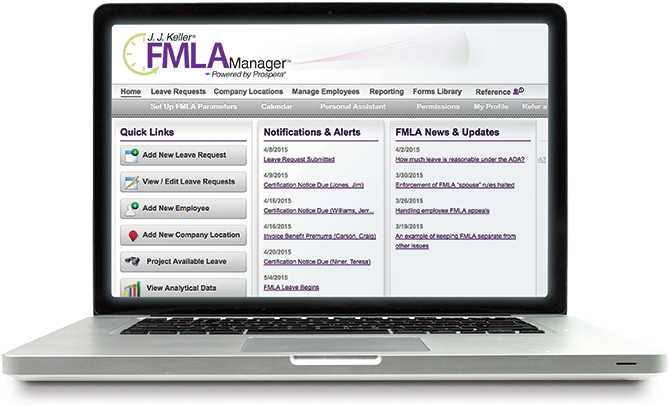FMLA Articles
When 15 days to provide a certification is not enough
As most FMLA leave administrators know, upon request, an employee is to provide a completed certification supporting the need for leave within 15 calendar days. Sometimes, however, life intervenes. When it does, such leave administrators need to be flexible regarding those 15 days. Case in point Bill took FMLA leave for a serious health condition, which lasted numerous years. One year, when he requested FMLA leave for the first time, he was asked to provide a certification. He gave the certification form to his doctor, but 22 days later, the employer still hadn’t received it. The employer notified Bill of this, and Bill in turn contacted his doctor, when he learned that the doctor was out of the country for an extended period of time, which caused the certification to be late. Bill asked if someone else in the doctor’s office could complete the certification, and it was finally submitted to the employer. Bill was given a week to explain the extenuating circumstances, and that he needed to provide supporting documentation, such as a copy of a fax transmittal, proof of a processing delay, etc. He informed the company’s HR department of the extenuating circumstances but did not provide documentation supporting the circumstances. Without the documentation, Bill’s absences were unprotected, and the employer terminated him, citing performance and attendance issues, and because he failed to comply with the FMLA’s recertification requirements. The employer also argued that it had not received Bill’s untimely certification request would be approved when it made its termination decision. Bill argued that his absences should have been protected by the FMLA, given the extenuating circumstances surrounding the certification, and that the certification he did provide ultimately showed that the gap period between the 15 days and when he finally did provide it, were protected. The court found that Bill produced the certification nearly two weeks before he was terminated, and it was sufficient. Therefore, the employer should have designated the gap period as FMLA leave, instead of applying its attendance policy. The certification was documentation enough. The company could not show that Bill would have been terminated regardless of his FMLA leave, as it was part of the termination decision, and the employer generally lost the case. Since the court found that the certification was documentation enough, it was interesting that the fact that Bill did not provide other proof of the extenuating circumstance. This case helps illustrate that, while employers may hold employees to the 15-day window to provide a certification, if there are extenuating circumstances, it doesn’t always pay to be too strict. Williams v. E*Trade Financial, District of Utah, No. 2:17-cv-00887, 6/19/19 This article was written by Darlene M. Clabault, SHRM-CP, PHR, CLMS, of J. J. Keller & Associates, Inc. The content of these news items, in whole or in part, MAY NOT be copied into any other uses without consulting the originator of the content.
You may also enjoy the following articles:

The J. J. Keller FMLA Manager service is your business resource for tracking employee leave and ensuring compliance with the latest Federal and State FMLA requirements.